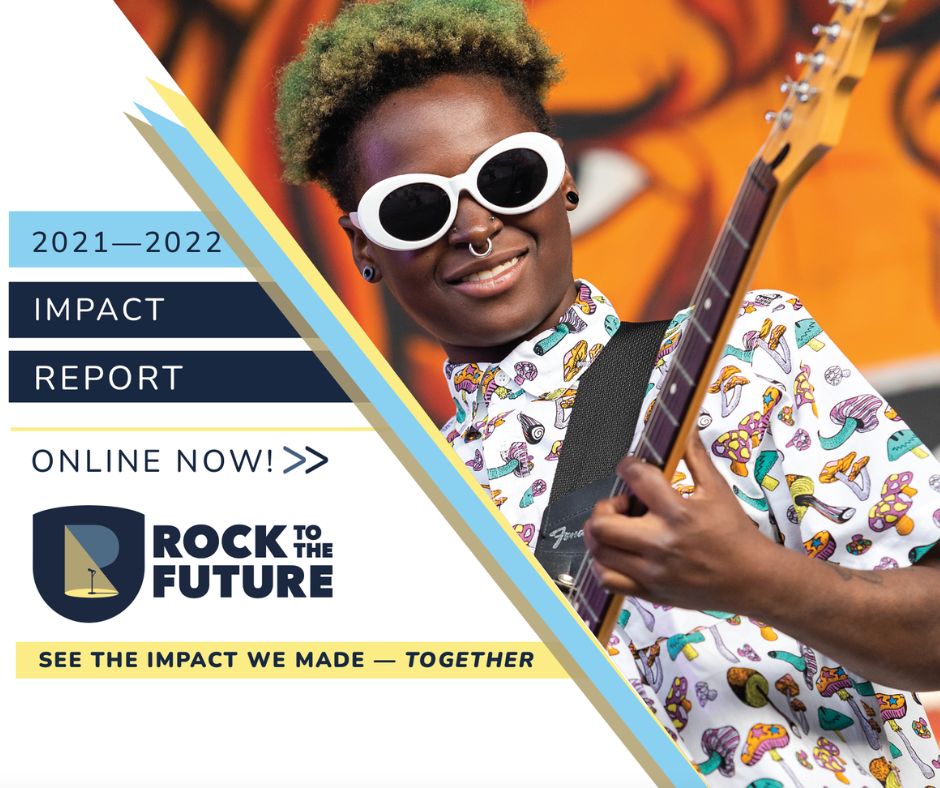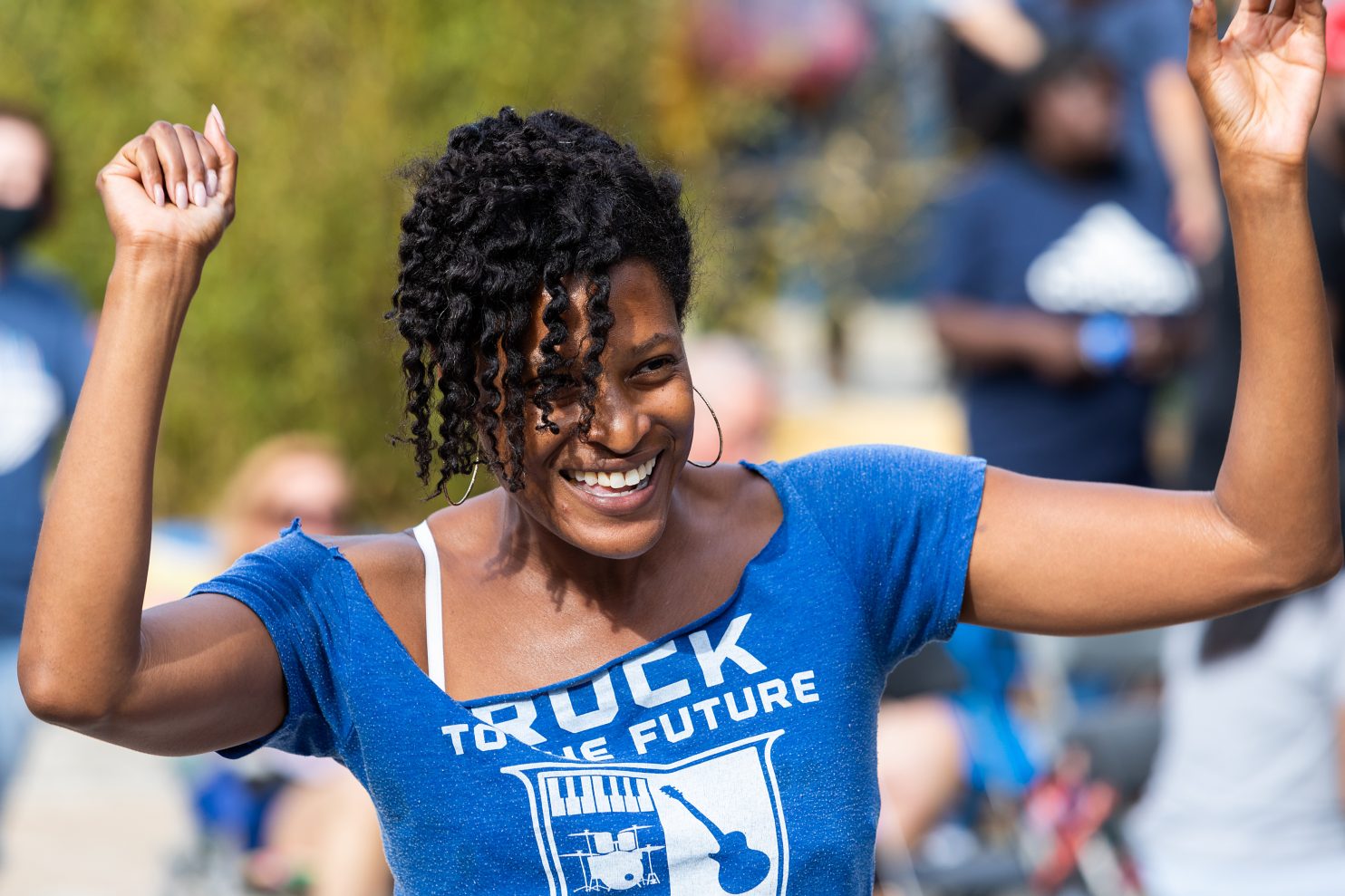Defining impact is complicated. A broad definition may consider the measurable changes due to an intervention. Depending on who you ask about the impact (Team, Participants, Donors, Board, Volunteers, etc.), your answer may differ.
Measuring impact allows us to clearly define and shape the way we plan and invest in programs we can prove are making considerable change, which is what we all want. Even more so, it is essential for an organization and all persons involved to have a clear understanding and inclusive voice in defining the impact its programming intends to achieve.
Far too often in nonprofit work, Participant's perspectives on the issues, solutions, and their evaluation of the intervention when defining impact are not considered. The power dynamics, or widely accepted perception of impact, often paints the picture that impact is the result of the action done by active persons (nonprofits and donors) and the perceived/measured results for the passive persons (Participants).
This perception fits into Oxford Language’s definition of impact: To have a strong effect on someone or something.
But consider this other definition from Oxford: The action of one object coming forcibly into contact with another.

Impact is the result of and happens to all parties involved. What if we dismantled our widely accepted power dynamics of reporting impact and began to include all parties in our definitions and evaluations of impact? I believe when this happens, we will be able to have a more transparent conversation about what it takes to achieve actual impact.
Impact refers to the grander mission an organization aims to achieve. At Rock to the Future, we recognize the deeply entrenched inequities that deprive communities of critical opportunities. In 2010 when we launched our programs, we defined impact as offering music education for free. Our definition evolved because we learned inequities bear far-reaching, long-lasting, and complicated consequences that a music education program alone would not address.
For example, In 2015, Rock to the Future had its first cohort of graduates. Consequently, we began to understand our student's continued needs were pressing, and our ability to serve those needs was still possible. As rewarding as it was to see our students graduate, to make an impact, our programs needed to evolve to offer opportunities to impact our student's lifelong wellbeing. Our programs began to shift, and we brought in educators and social workers in addition to music instructors to guide our students with post-graduation needs, emotional conflict resolution, and workforce development skill building.
Today, 100% of graduates pursue college or trade school, students have reported significant Social and Emotional development, and several alumni students are staff members and board members. But, our work is still far from finished if we are talking about impact.
For us to truly make an impact, it is as essential for all stakeholders to understand our impact goals as it is for them to make monetary contributions. Creating lifelong well-being for students needs a community of people changing their social and economic practices, especially if they are persons of power. If we are talking about inequities, we must understand that actual change cannot happen without us all taking responsibility and shifting to more inclusive practices. Impact must happen to all stakeholders.
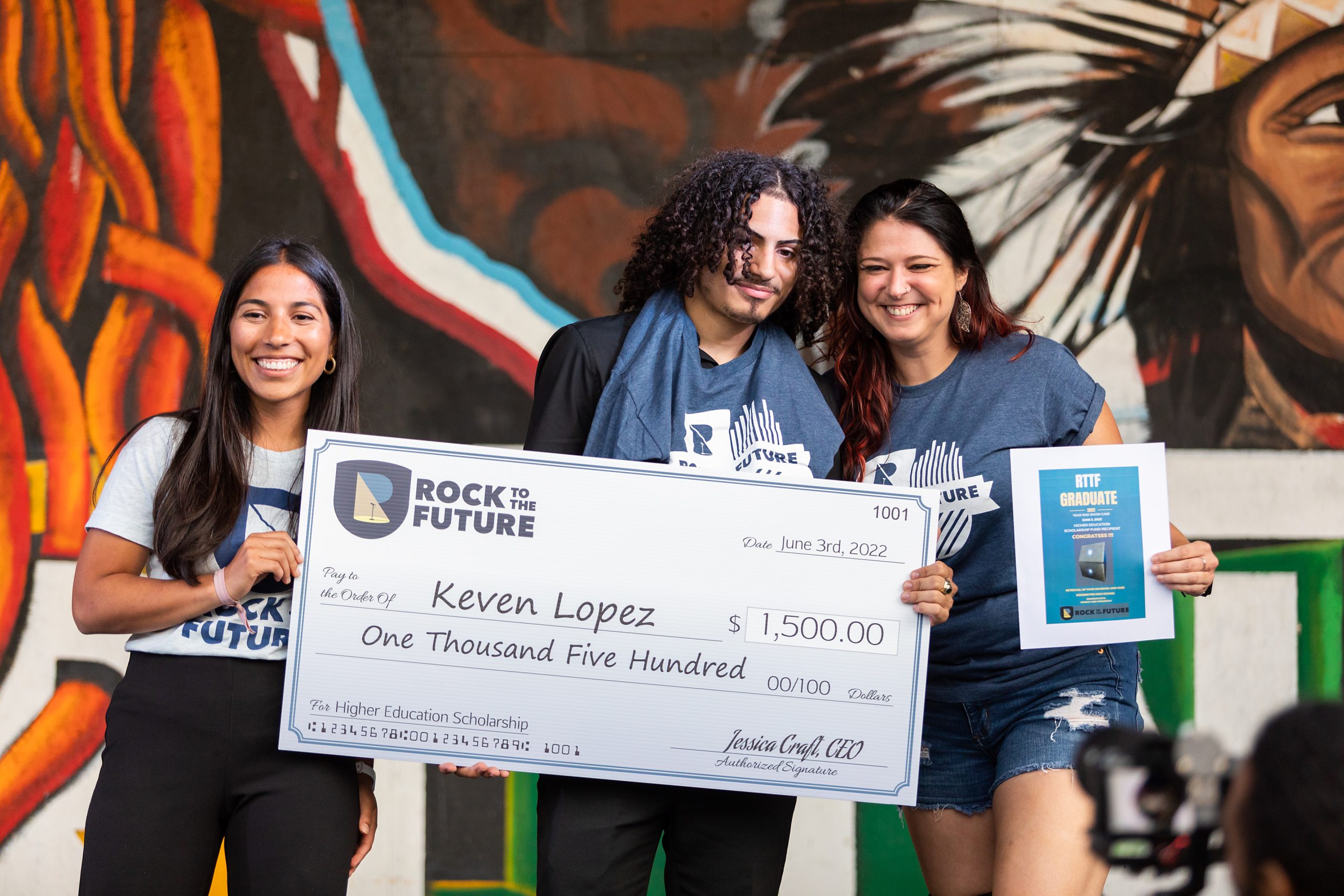
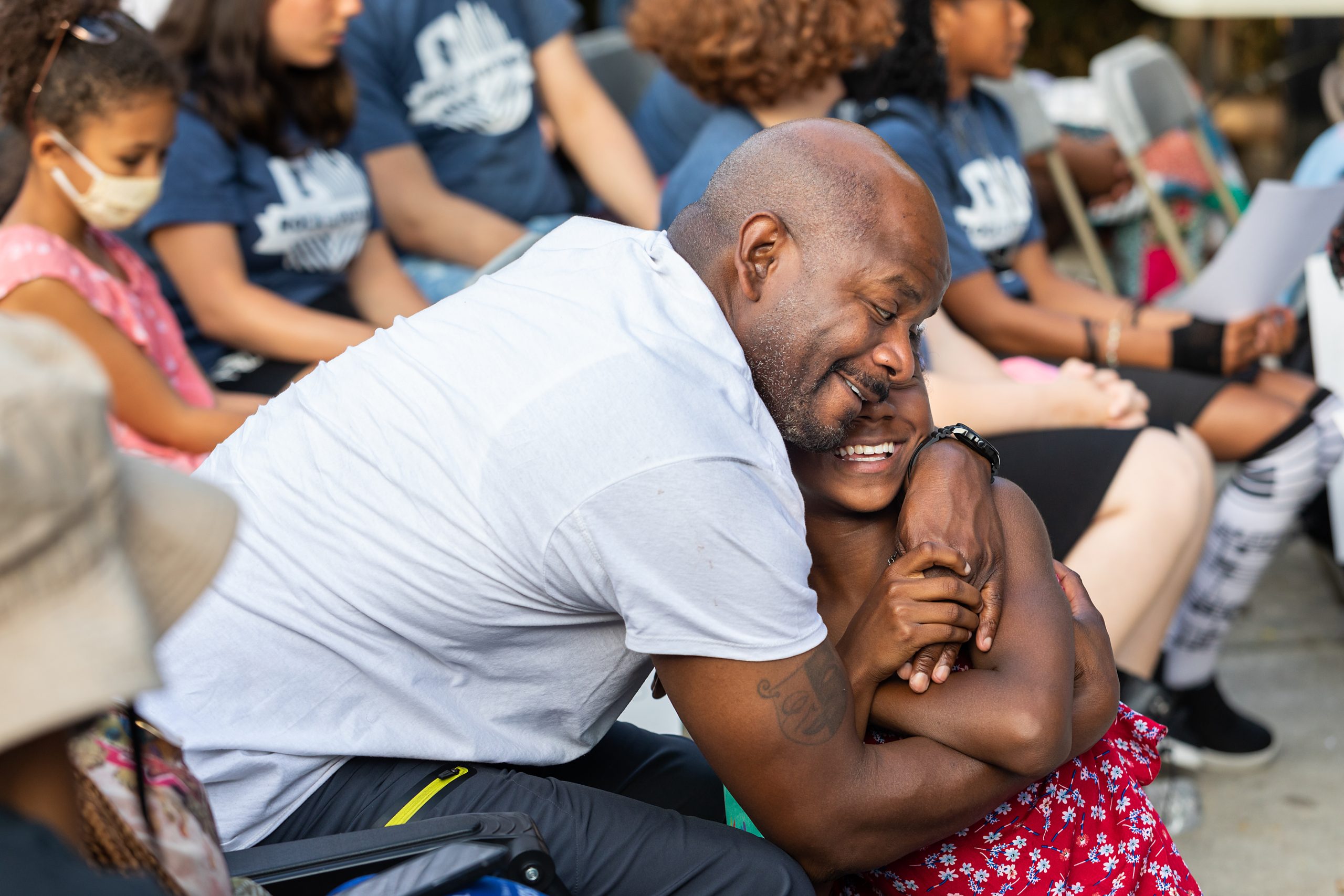
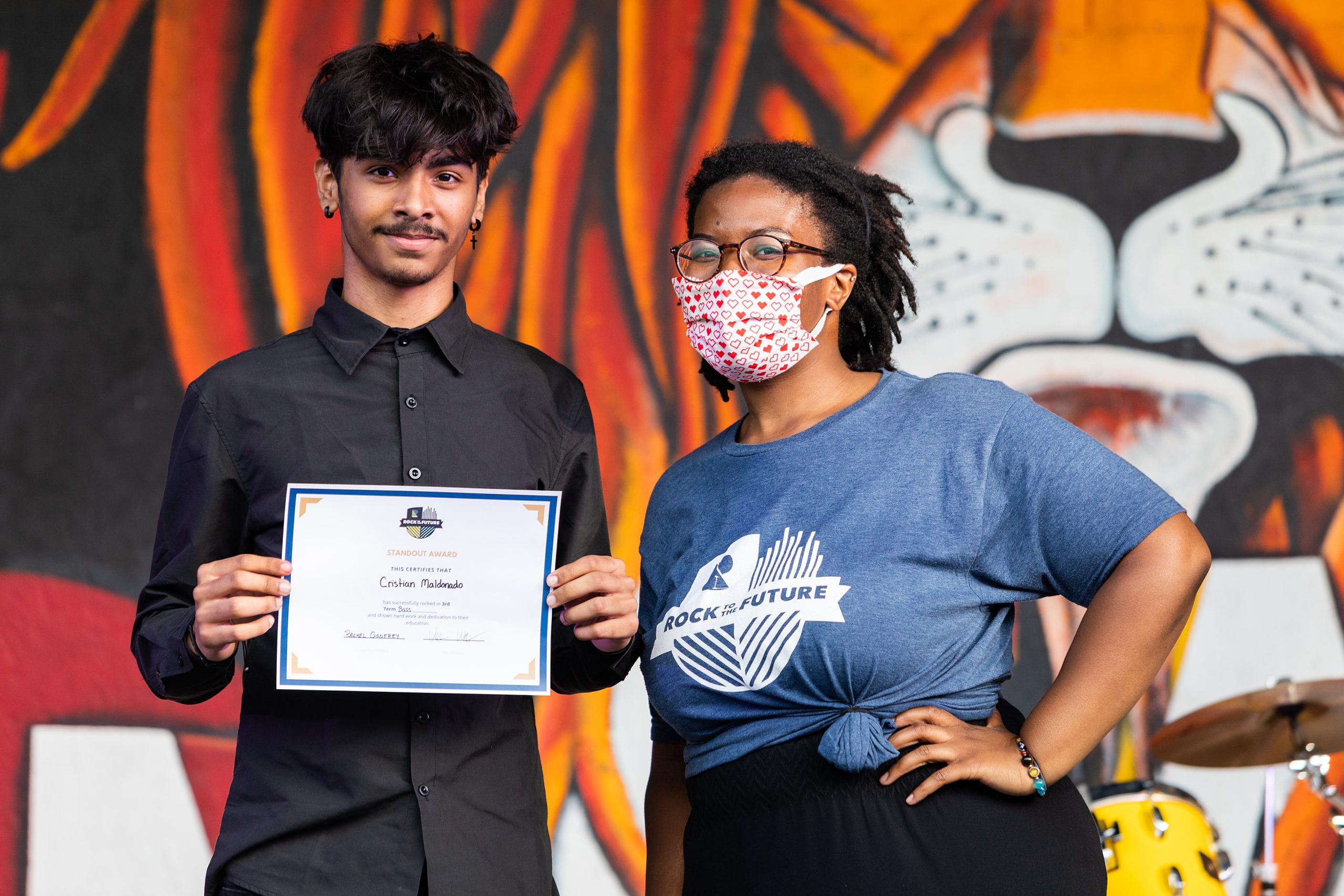
Again, we know that the work it takes to make an impact is strenuous and complicated, and the pathway to "success" is not always a straight and positive line. And we are committed to the ever-evolving work, and we hope to inspire transparency so all stakeholders are in agreement and have a voice in how impact is defined and evaluated.
Wanting to make a difference, impact, and be impacted is wonderful. But, now, we must ask ourselves, are we willing and able to be patient and invested enough in the process of reaching that goal together?
If you have not done so, check out our most recent impact report! Featured in this report are measured outcomes and impact from our 2021/2022 program year.
